MAGISTRATEN
The house is influenced of an swiss chalet style home from 1920. It is constructed and built with two other houses in the military camp in Steinkjer in mind. When the camp was closed, one of these houses was saved, but sadly the other one was taken down. I went to see the house from inside before it was wrecked. I did like the house so much that I decided to build my own in the same style.
Swiss Chalet style home
I did search for information about this style of house, without any luck when I was designing the house. So for the next one looking for inspiration and perhaps ideas, I add these images: (Click to enlarge)
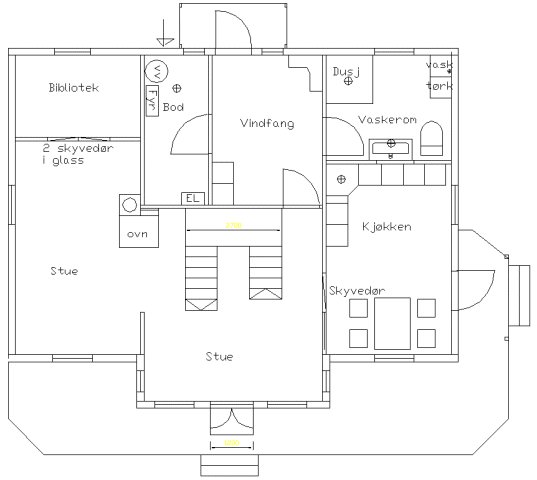
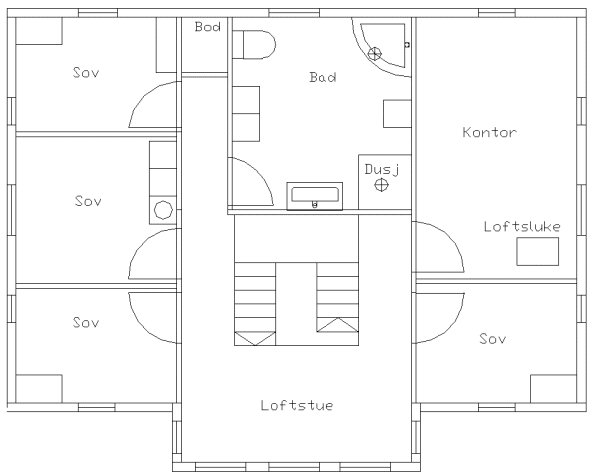
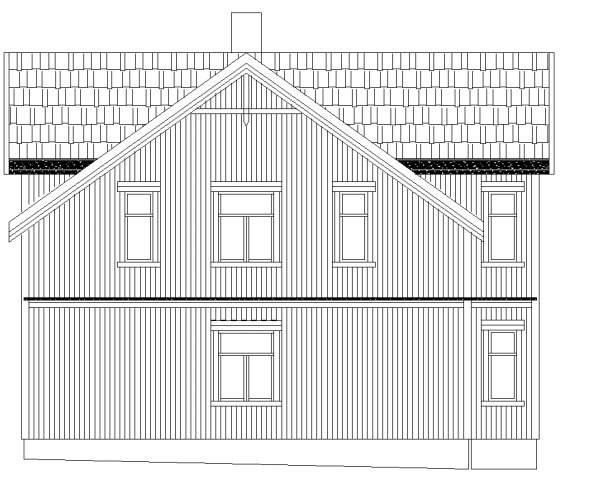
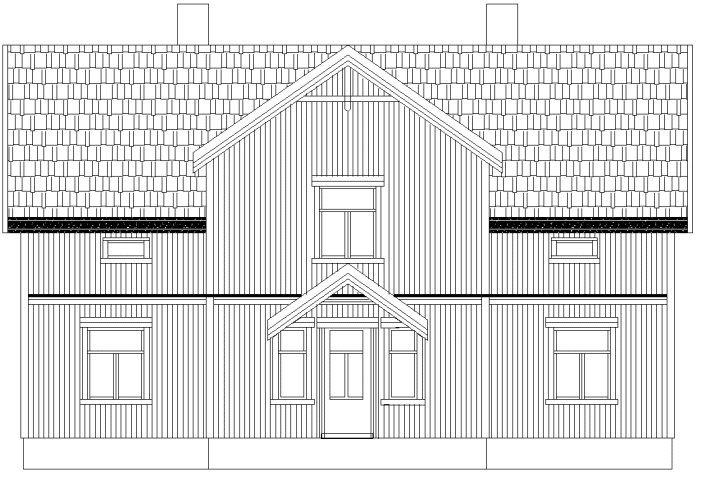
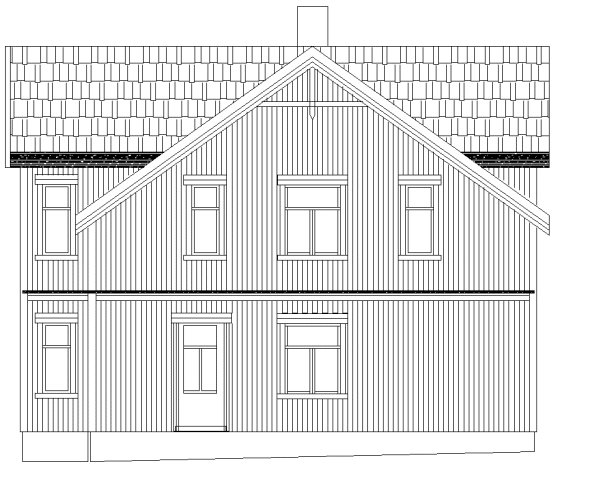
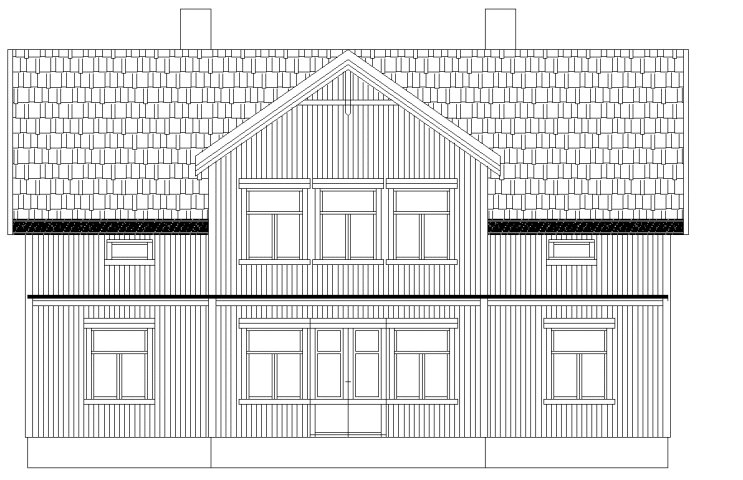
The design drawings.



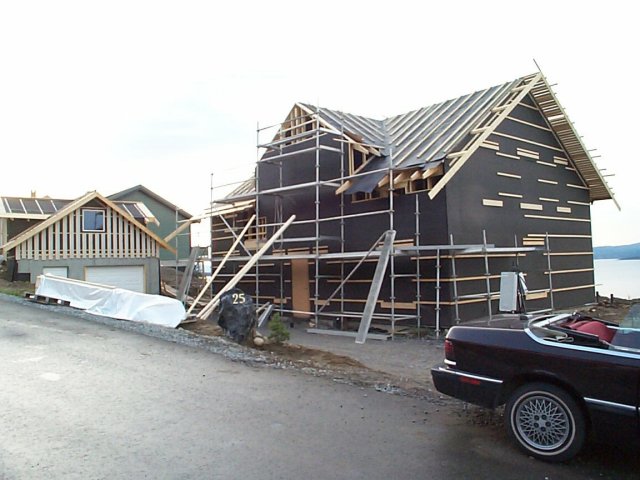
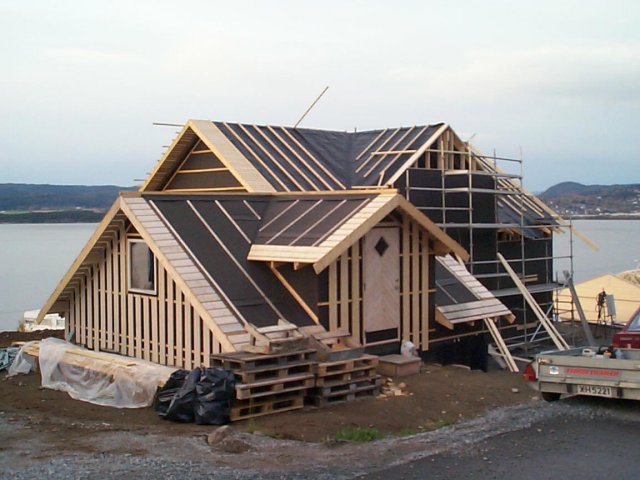
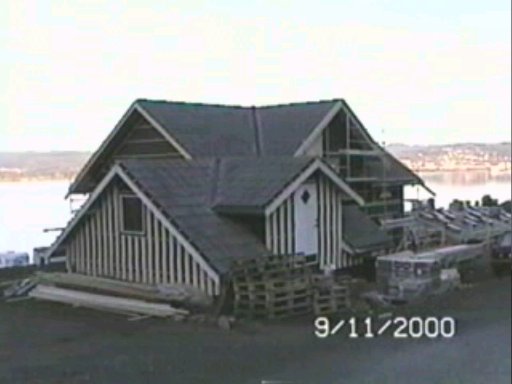
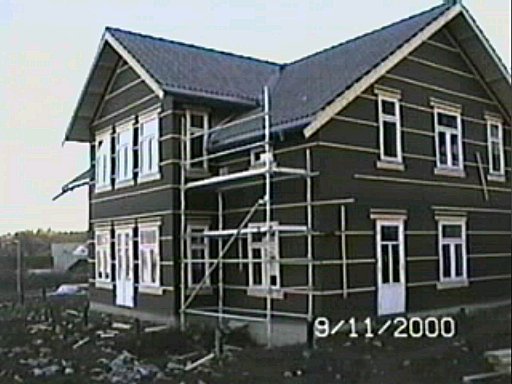
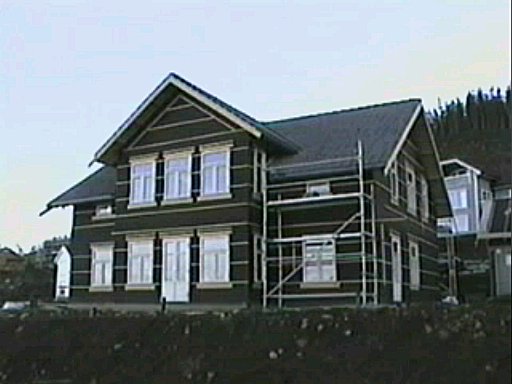
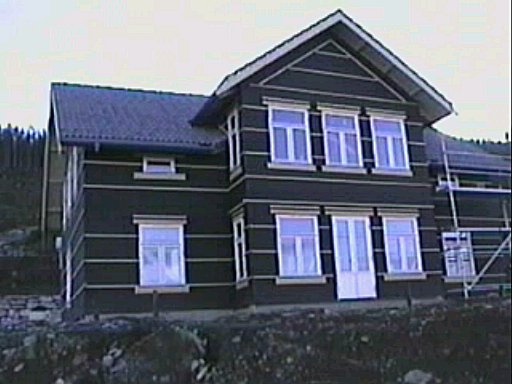
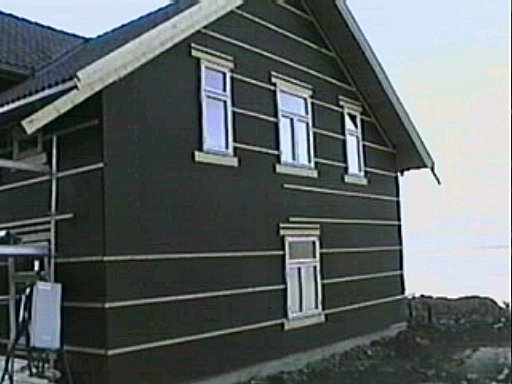
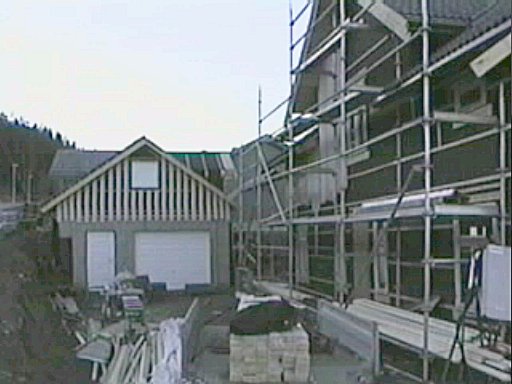
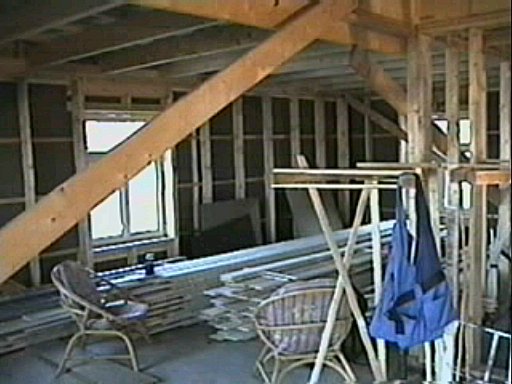
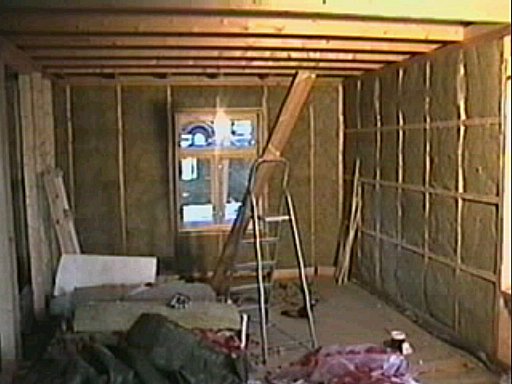
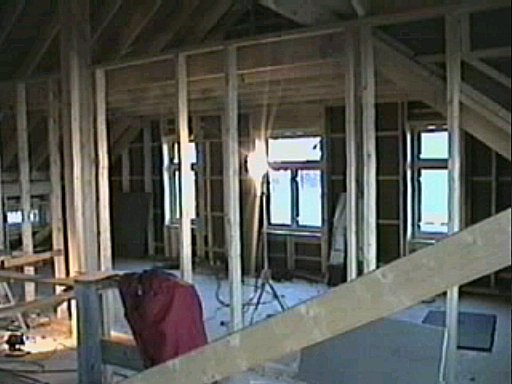
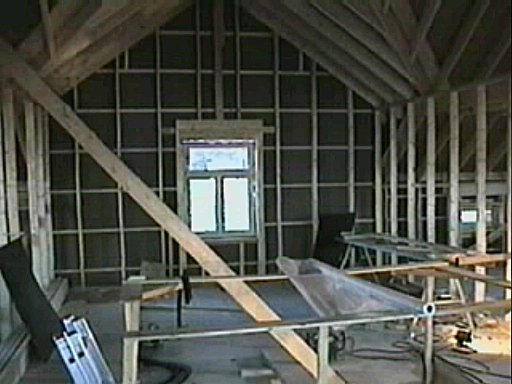
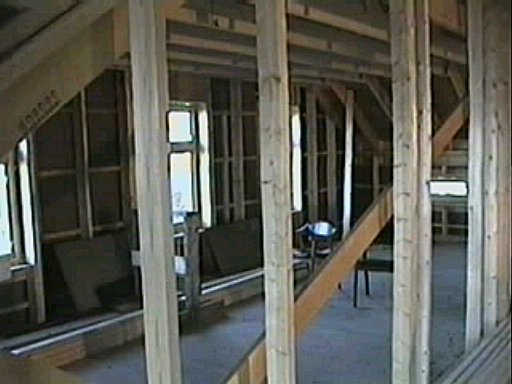
During building process.
Aristokraten and Demokraten
The house i built was named Magistraten, (The Magistrate) based on it's location in the Magistrate hills. The name also have bonds to the two houses in Steinkjer built in the twenties, called Aristokraten (The Artistocrate) and Demokraten (The Democrate). The two old houses was used at officer barracks in the military camp located in Steinkjer. The Aristocrate was rescued, but sadly the Democrate was demolished and lost.
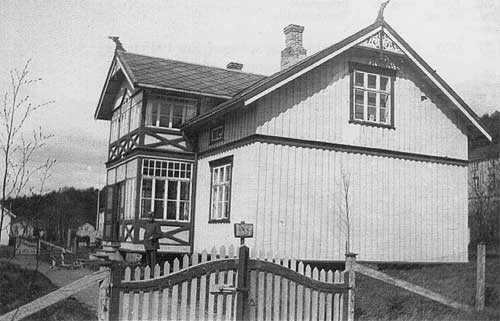
Aristokraten, (The Aristocrate) moved from its original location to Infanterivegen 24, october 1996.
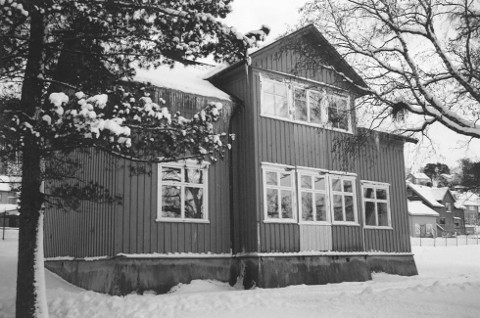
Demokraten, (The Demoocrate) was demolished a few years after the military camp was closed. It
did have a sad purpose as police training facility in its last year of lifespan.
I put in a lot of effort to save Demokraten before it was demolished by trying to get a new location to move it to. There was a plot just beside The Aristocrate where it could be located, and it would have been wonderful, since both were listed buildings. But for no avail, and the building is lost today.
The home did eventally get completed, and I did enjoy the building of it a lot. I was able to play with tiling patterns on the floors, and pattern panelled roofs.





![]()
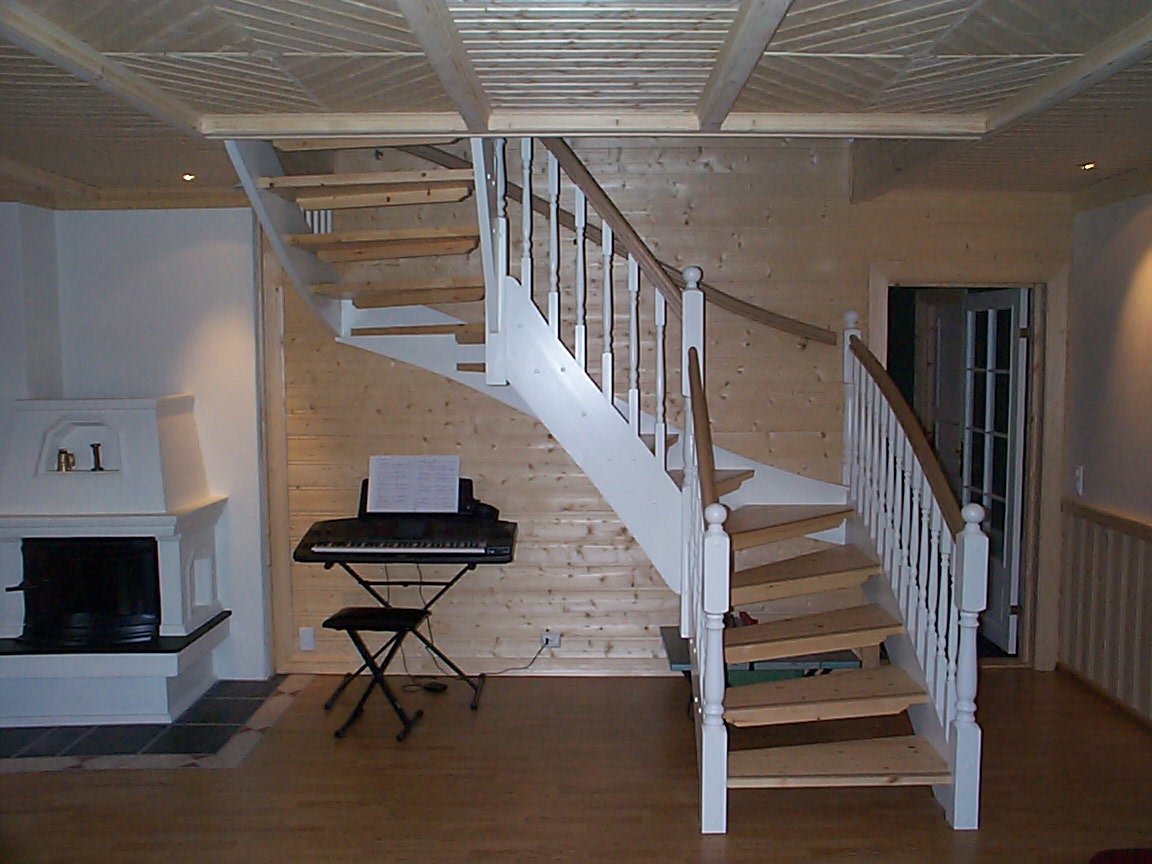

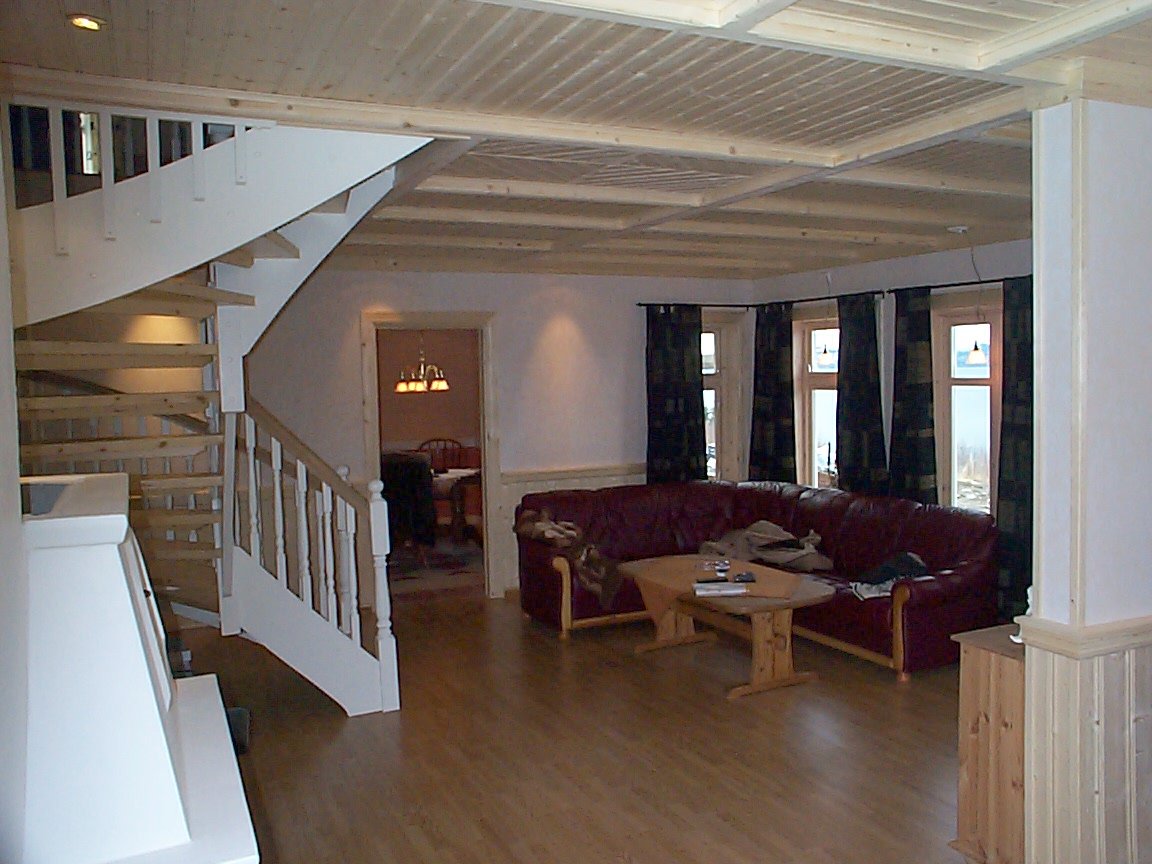

![]()
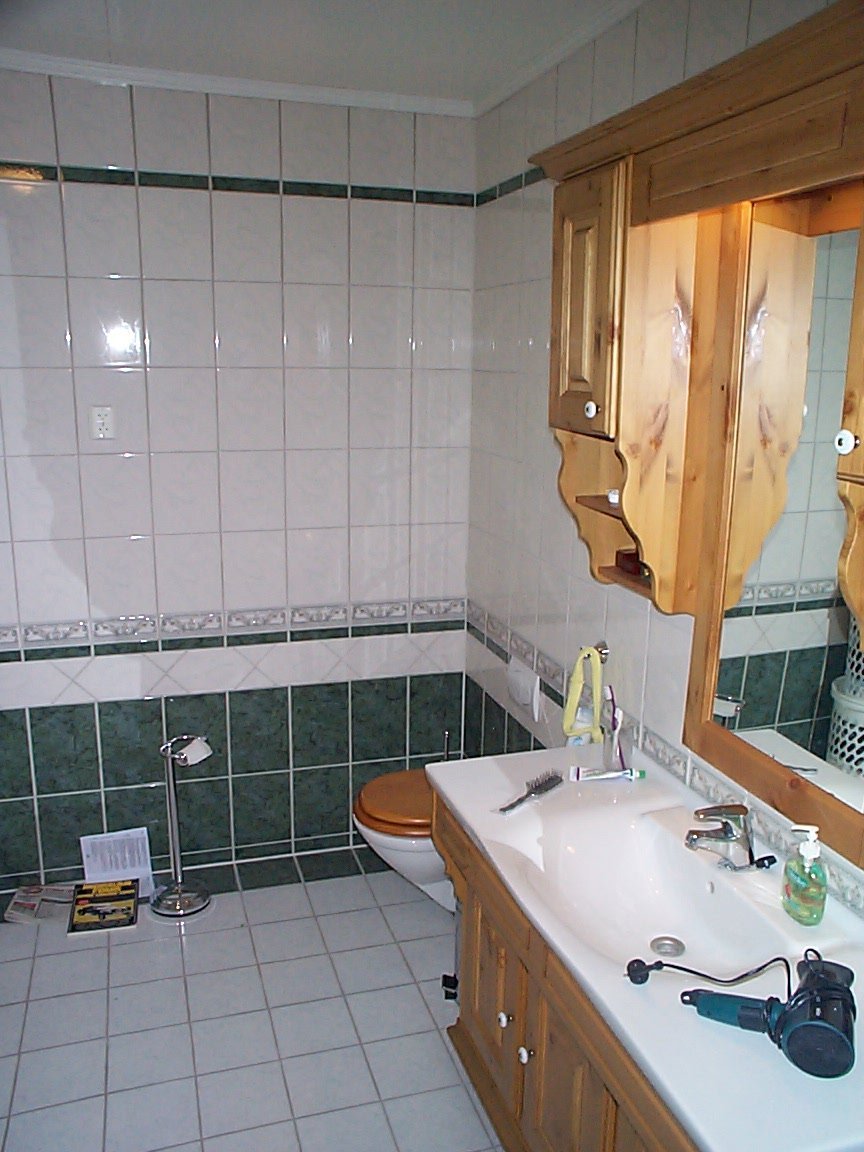
![]()


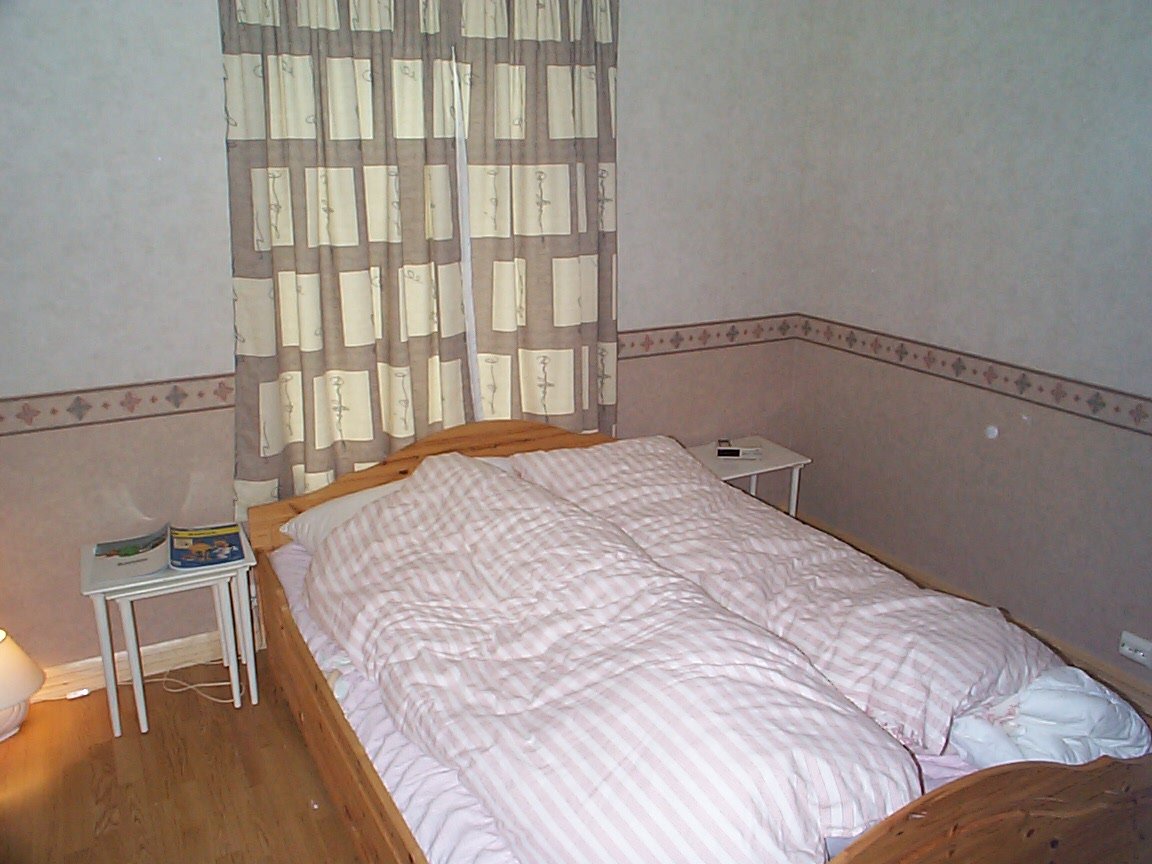

![]()
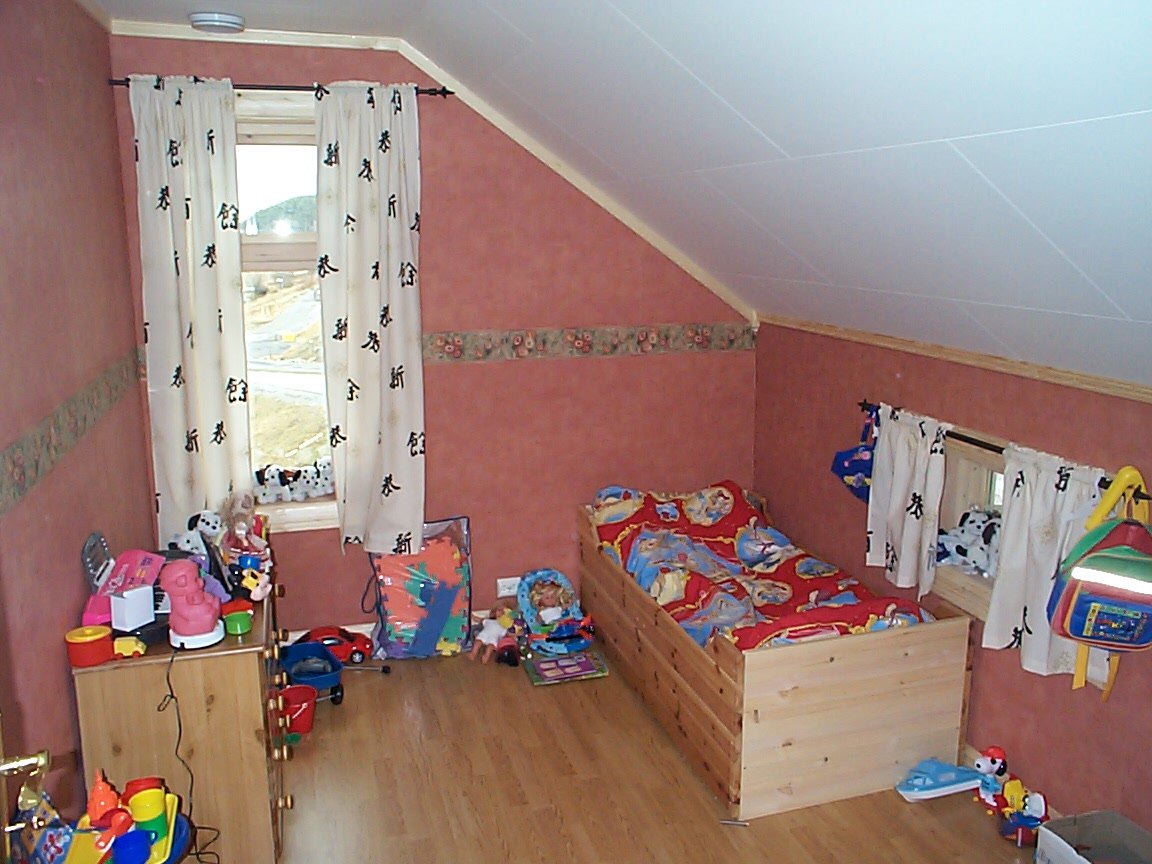
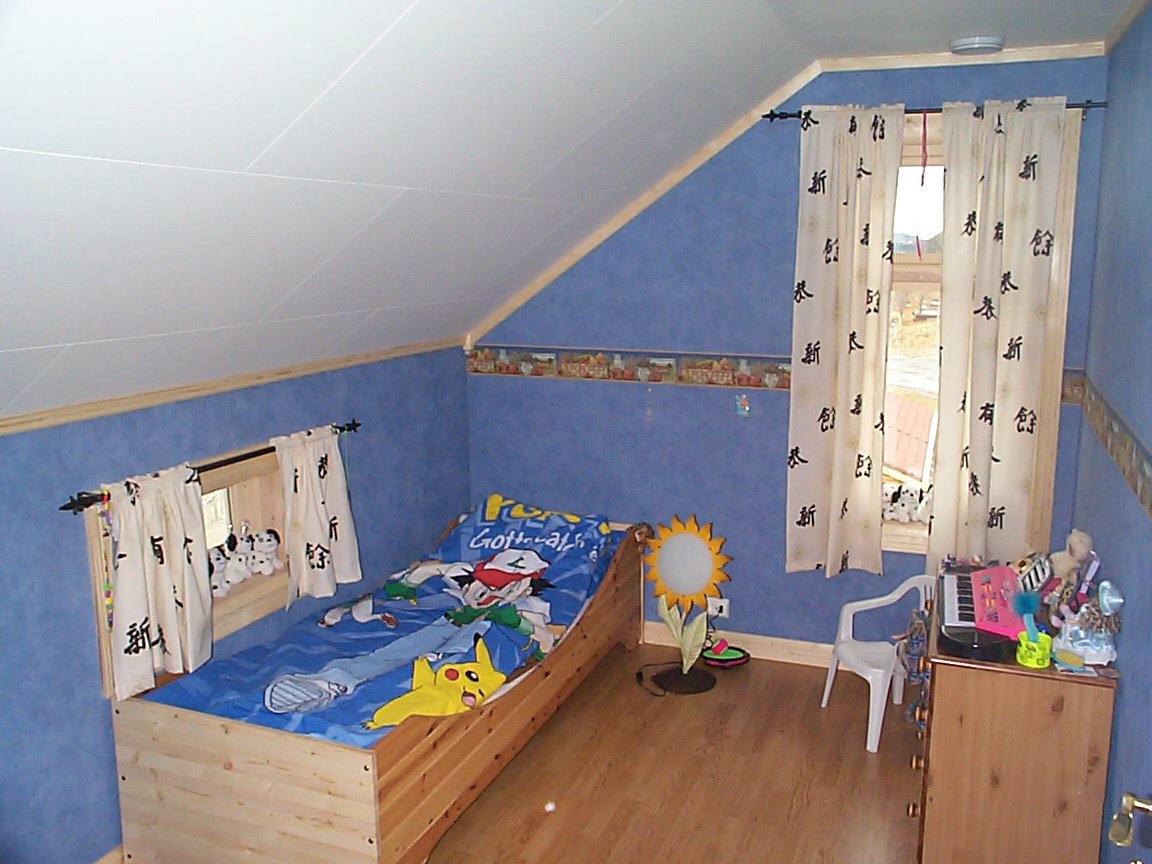


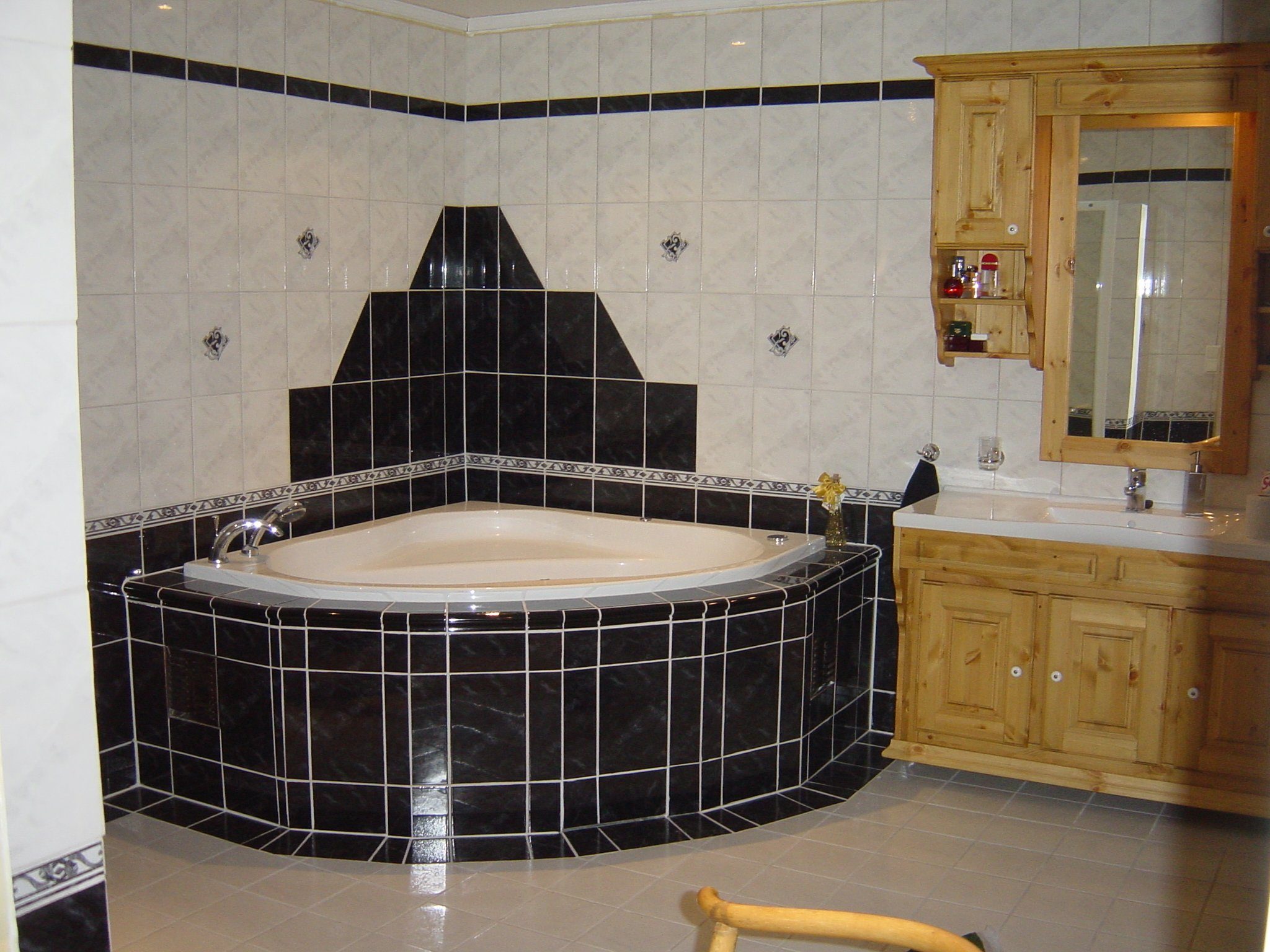
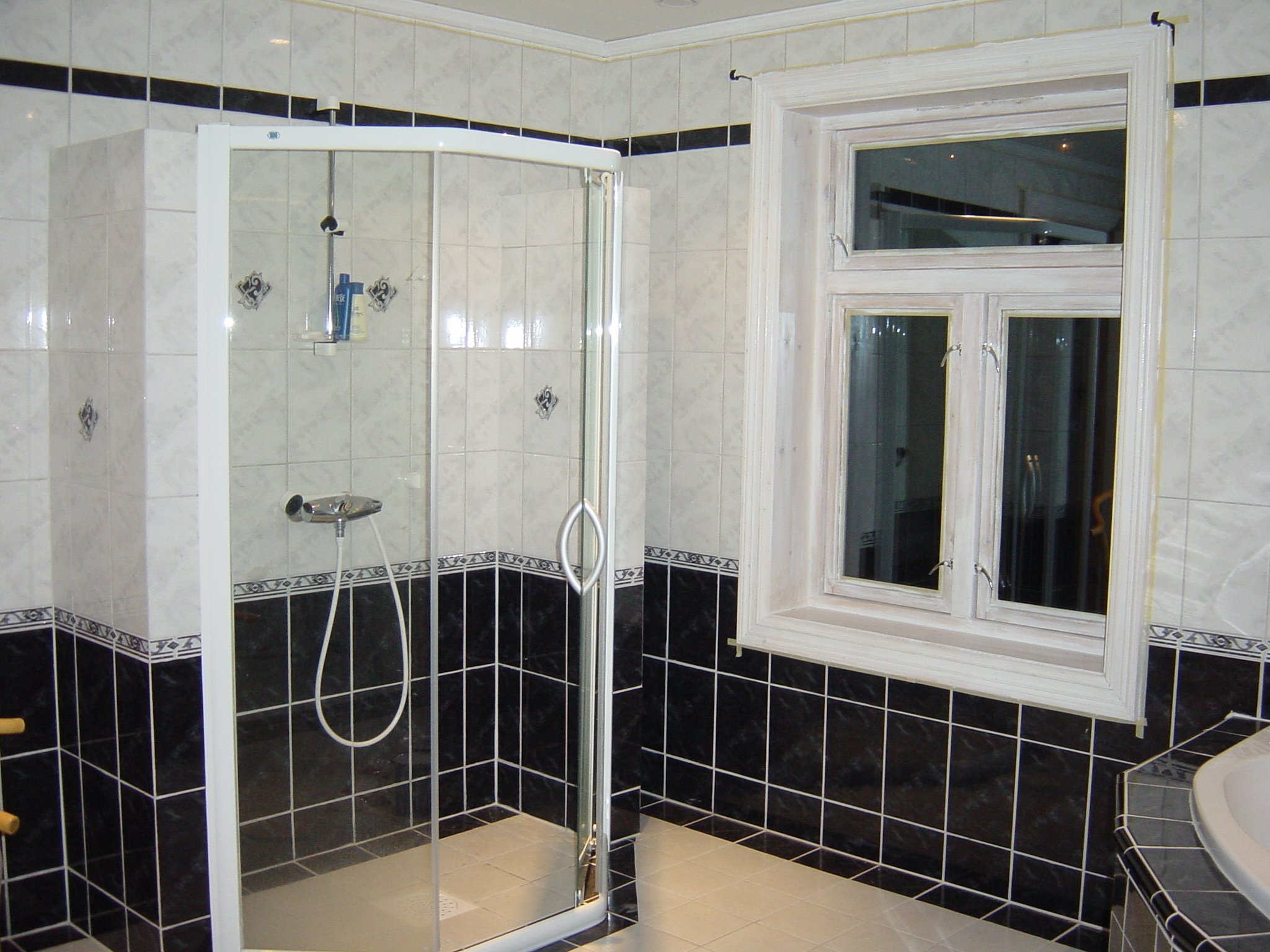
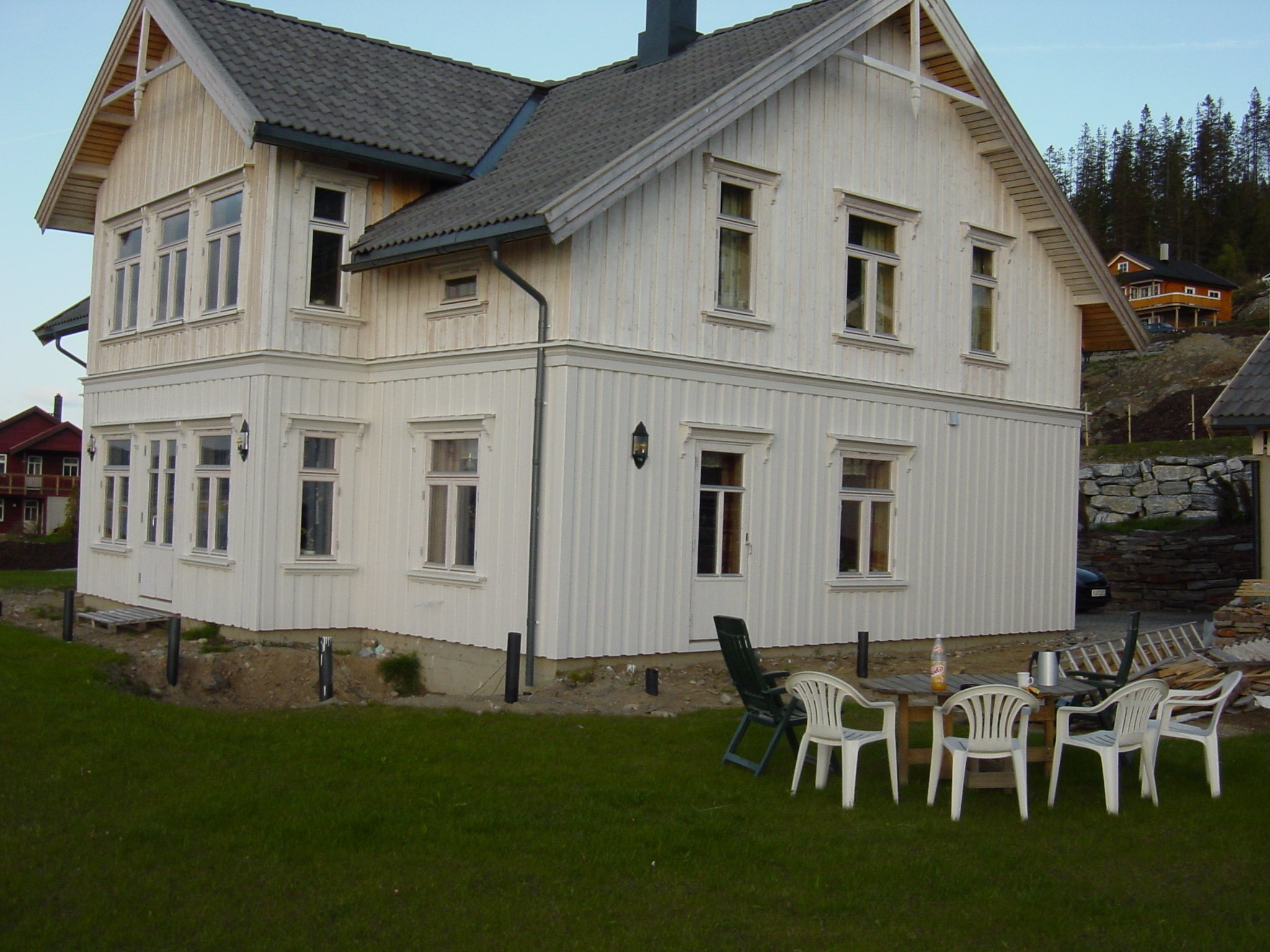
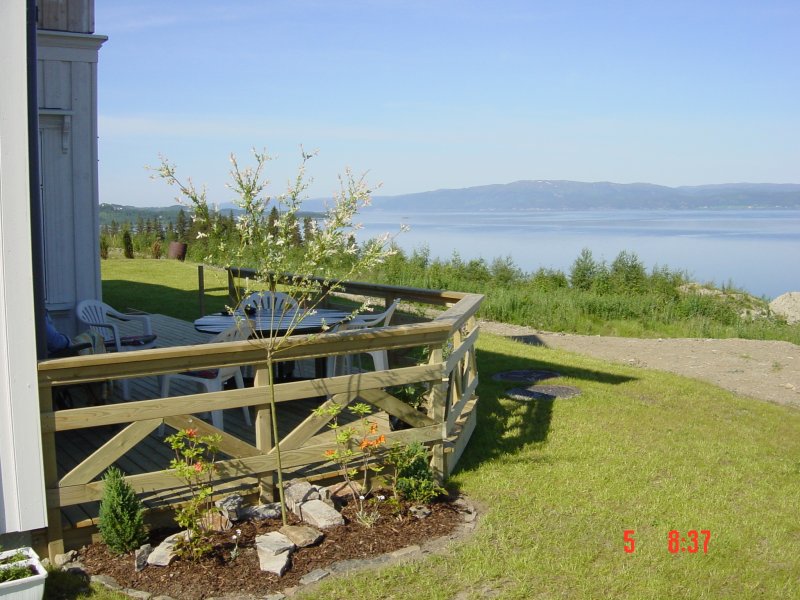
Finished and moved into the house.
Swiss Chalet Style
Swiss chalet style (German: Schweizerstil, Norwegian: Sveitserstil) is an architectural style of Late Historicism, originally inspired by rural chalets in Switzerland and the Alpine (mountainous) regions of Central Europe. The style refers to traditional building designs characterised by widely projecting roofs and facades richly decorated with wooden balconies and carved ornaments. It spread over Germany, Austria-Hungary and Scandinavia during the Belle epoque era.
History
Swiss chalet style originated in the Romantic era of the late-18th/early-19th century, when the ideas of the English landscape garden inspired parks and residences in Germany, such as the Dessau-Worlitz Garden Realm. It became highly appreciated on the continent by noble landowners who were impressed by the "simple life" of people living in the mountains. The chalet style soon spread over the German Mittelgebirge landscapes such as the Harz mountains or the Dresden area and the adjacent North Bohemian region. As a "modern" building style, it also influenced the resort architecture along the Baltic seaside, like in Binz or Heringsdorf. Around 1900, design elements were used in the construction of numerous bourgeois family homes as well as by notable architects like Heinrich von Ferstel to build larger mansions and hotels. The style was further popularized by the first waves of tourism of rich people from the North and West of Europe and became popular in other parts of Europe and North America, notably in the architecture of Norway, Iceland and the Netherlands and in the country house architecture of Sweden and Cincinnati (Ohio, USA), in the late 19th and early 20th century.
Characteristics
• Gabled roofs with wide eaves
• Exposed construction beams, including large brackets
• Decorative carving and mouldings
• Balconies
• Large windows
• Weatherboarding, usually painted, often in bright colors